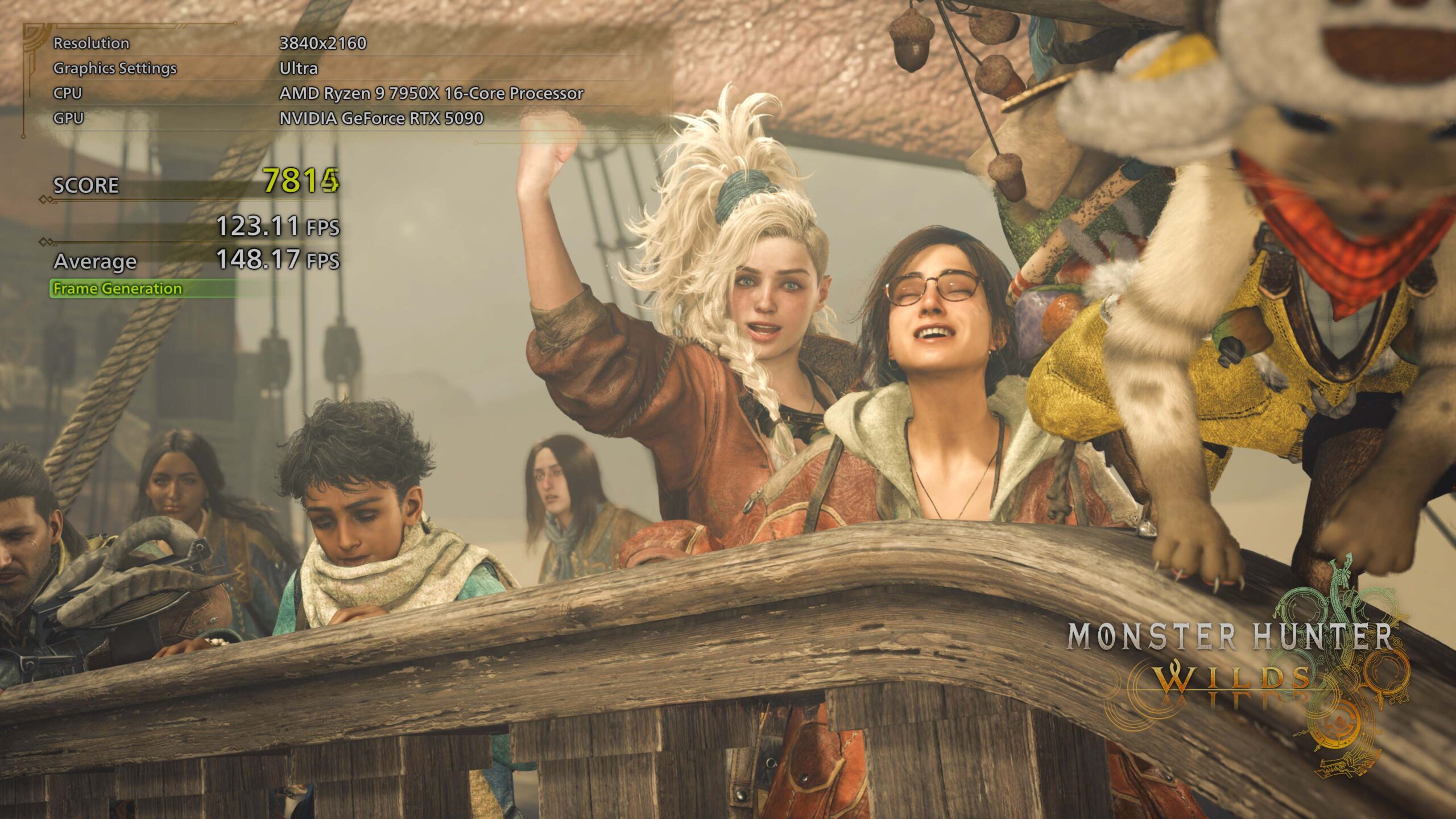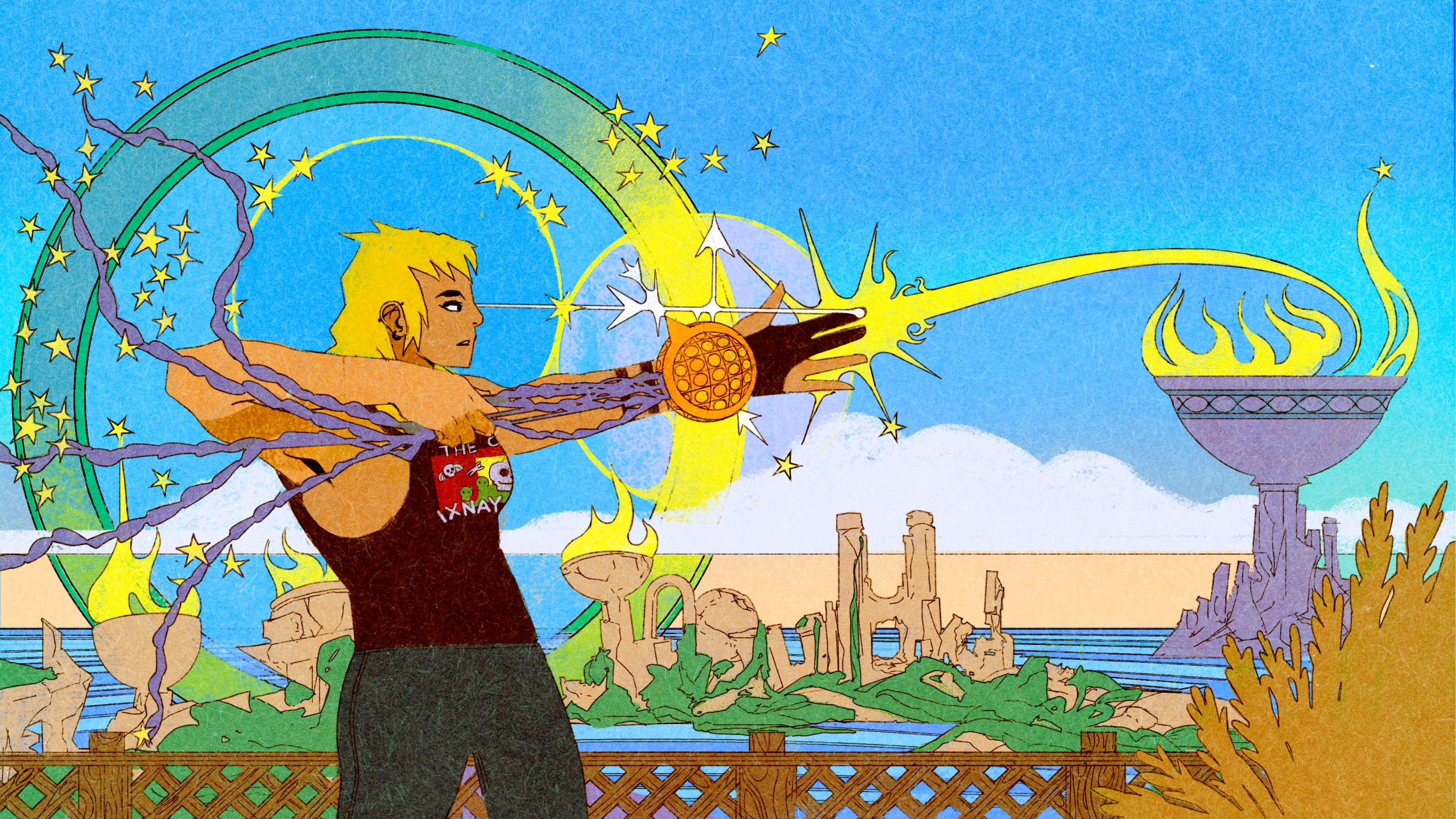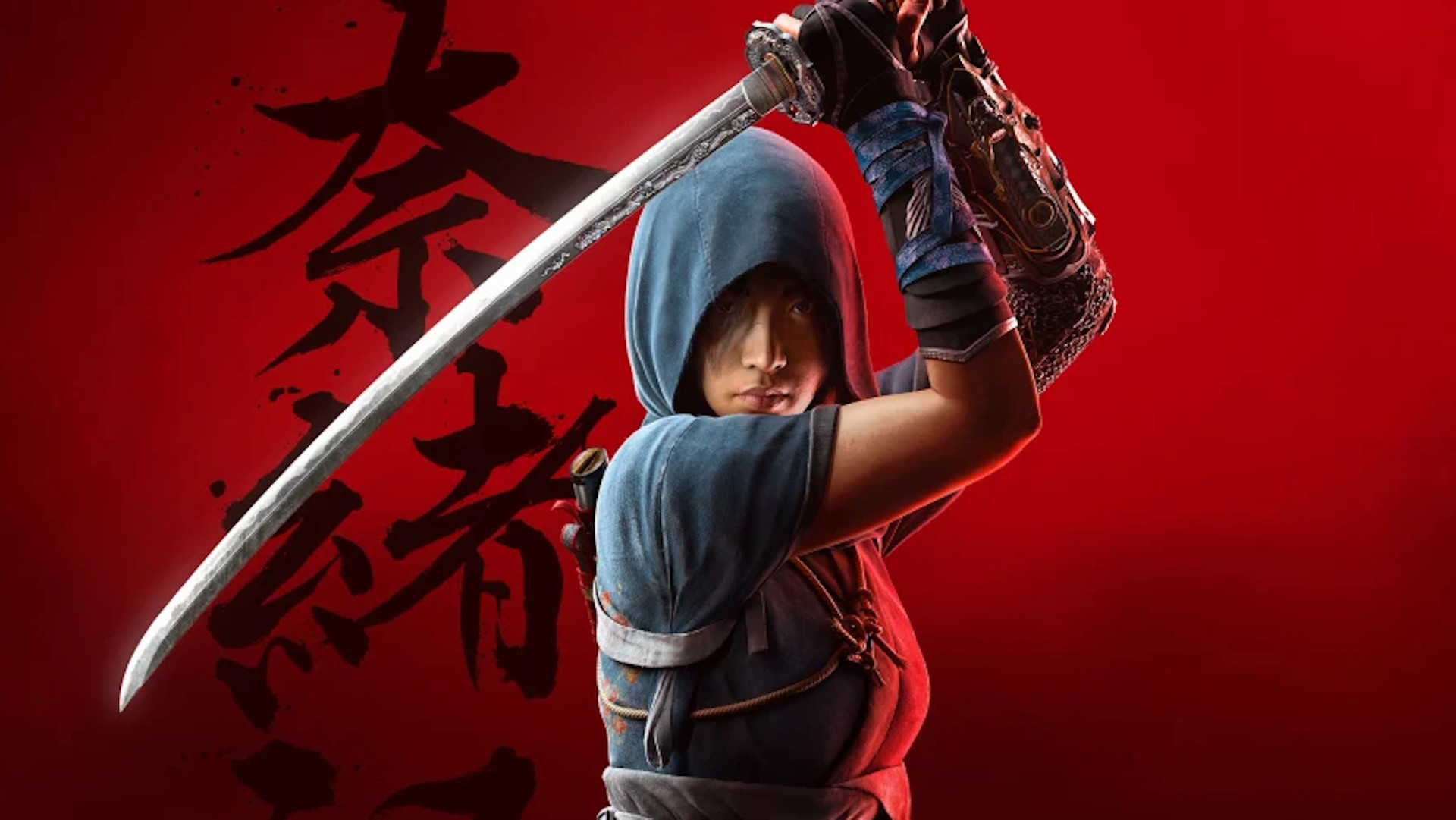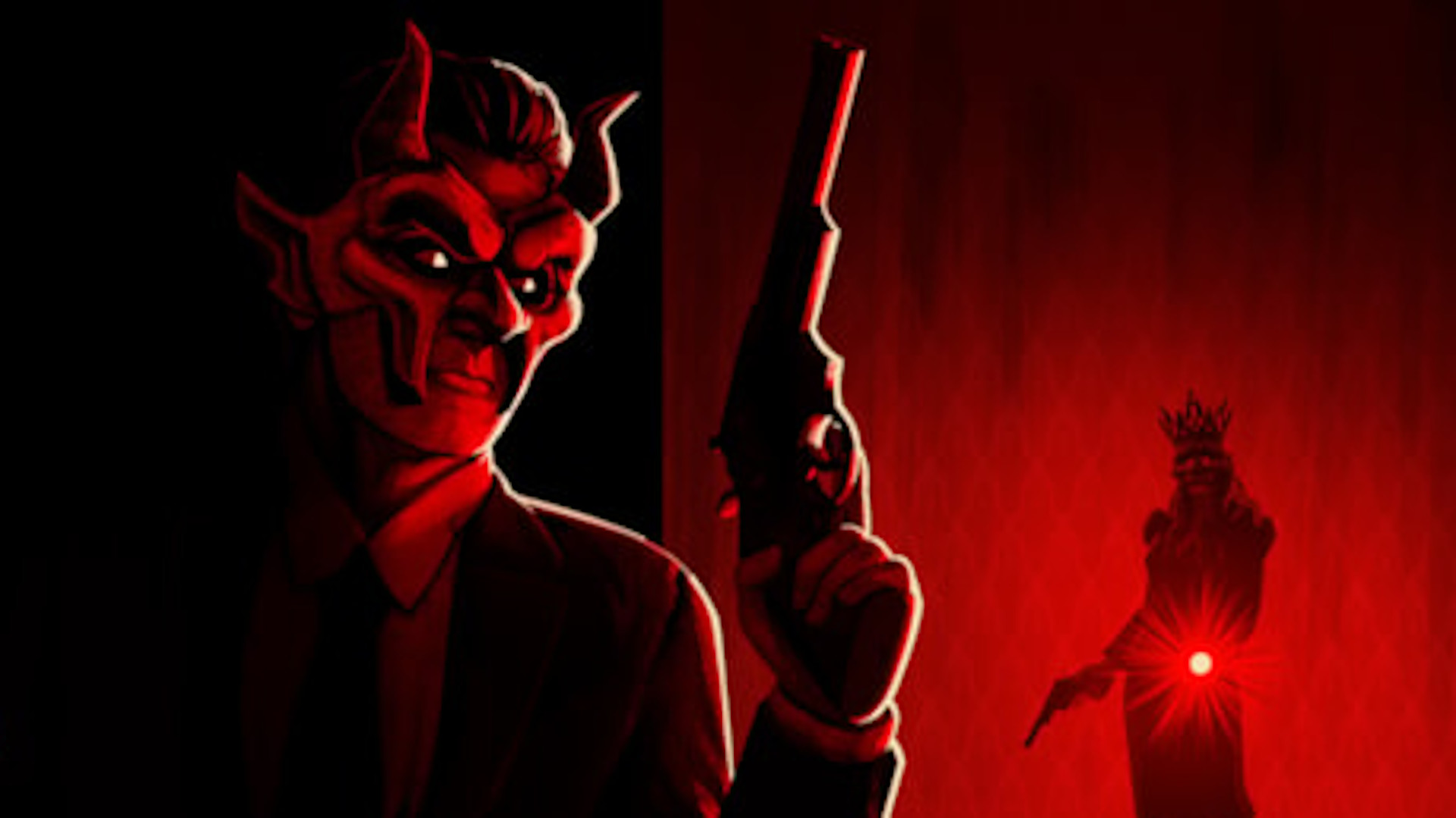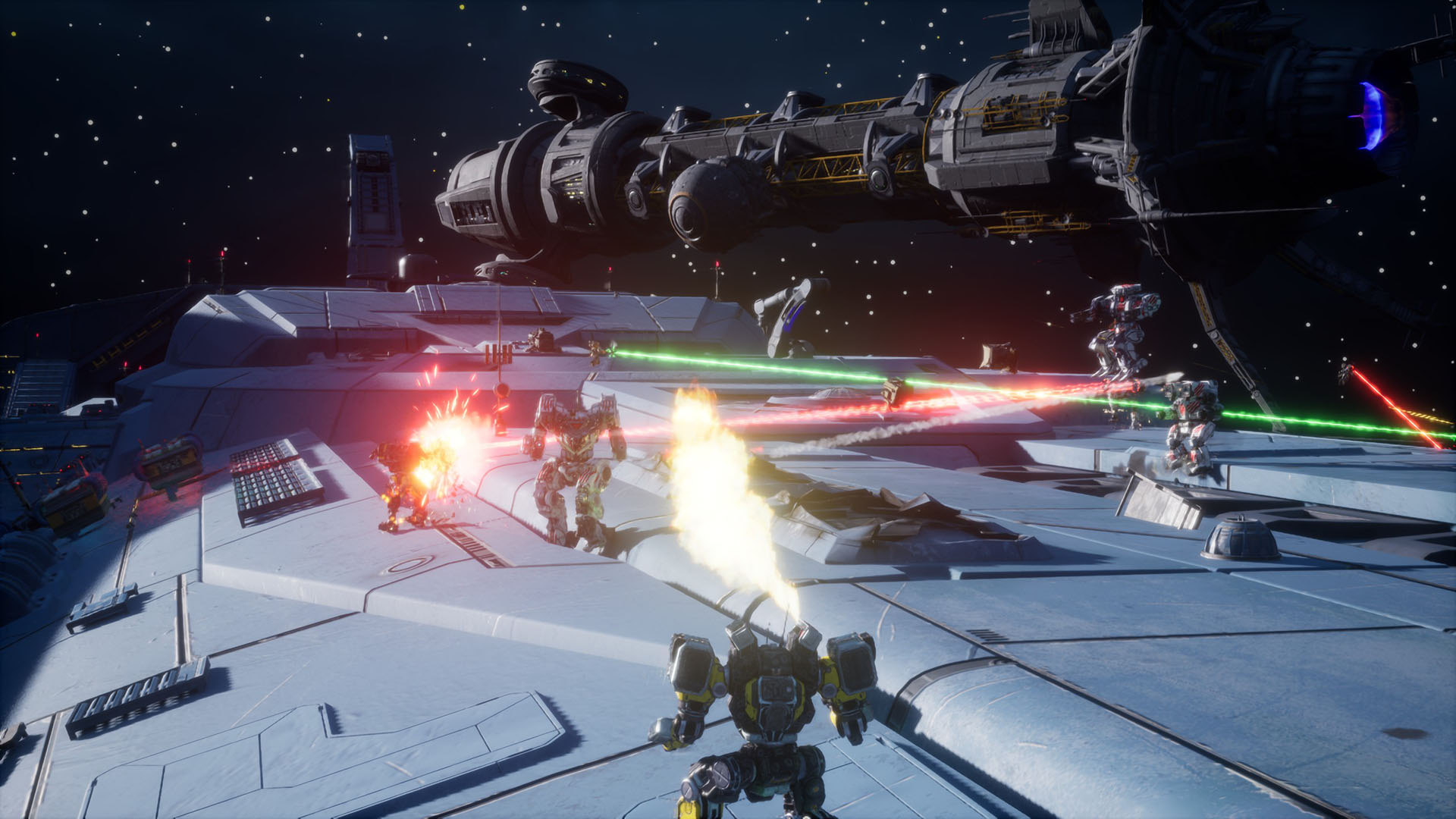It is a brave publisher which, weeks before its game launches, is confident enough in its product to release a benchmark tool so PC people can get a bead on how well a game will run on their exact rig before spending their money on the game in question. I mean, this is why we do our performance analysis pieces, and why Nick has spent countless hours, evenings, and weekends elbow deep in preview and review code to give you an idea how the latest games might function on your PC.
Nice of Capcom to do the hard yards for us and release the Monster Hunter Wilds Benchmark Tool on Steam. So now everyone can see what a pig the game might be on their system.
That’s not let Nick off the hook, however, and I’m still going to make him figure out which of the myriad graphics settings actually have the most impact on performance with the least on visual fidelity, so you have some guidance on the best settings and how to improve you frame rates.
But it means we’re going to look at Monster Hunter Wilds (MHW) performance slightly differently. We’re going to crowd source it, and look at how the game benchmark performs on the PC Gamer hardware teams individual gaming PCs, and the steps they’ve taken to get the game performing at a level they would be happy playing at.
Spoiler: not all of us managed that feat at all.
Monster Hunter Wilds has a grainy, noisy aspect to its art style, and it interacts with AMD’s compute-based upscaler in ways I find… displeasing.
Allow me to begin my segment with an audible sigh. As the AMD card user of the team, I chose to set FSR to Quality at the 1440p High preset, as by default the game wants you to leave it on Balanced. FSR has a tendency to introduce a lot of unwanted noise at anything under Quality at 1440p, and I wasn’t having any of that. Custom, non-preset settings for me. Also, no ray tracing. This is an RX 7800 XT, after all, and it’s simply not good at it.
The benchmark runs pretty well at these levels, with an 85 fps average. Like others in the team, however, I noticed that when the world transitions to desert after the storm and you drop into the valley, the frame rate dips. Mine reached the mid 50s before recovering as the player turned towards a dune, and as I grabbed the sides of my face in horror at what my otherwise performant 1440p card had been reduced to.
Still, a mid-50 fps dip is just about acceptable to me, but if the benchmarking performance translates into regular in-game drops, I’ll probably just slap on frame generation and call it a day. Latency be damned.
As you would expect this results in many more frames and an average of 113 fps, which is lovely and smooth. What isn’t smooth, thanks to FSR, is the image quality—even at, err, Quality. Monster Hunter Wilds has a grainy, noisy aspect to its art style, and it interacts with AMD’s compute-based upscaler in ways I find… displeasing.
Of particular note is the pack of hairy beasts you encounter as you scale the dune before entering the camp, as the fur gives FSR some serious fizz-related trouble. Turning upscaling off entirely makes those sub 60-fps dips more frequent, so here I am once more caught between a frame rate rock and an image quality hard place.
Of course, I could always play around with the individual graphics settings a bit more once I get the game proper and see if I can keep my smooth frames without leaning on the upscaling button—but when the frame generation toggle is sitting right there, I might as well call it a salve for my wounds and save myself some hassle.
Besides, is it just me or does Monster Hunter Wilds look fairly average even with the upscaling off? It’s not a terrible-looking game, but after spending the day benchmarking Horizon Zero Dawn for a different article, the contrast is pretty stark. HZD and its even-prettier sequel also run very nicely on my machine, without leaning on upscaling or frame gen to avoid below-60 fps dips. Just saying, is all.
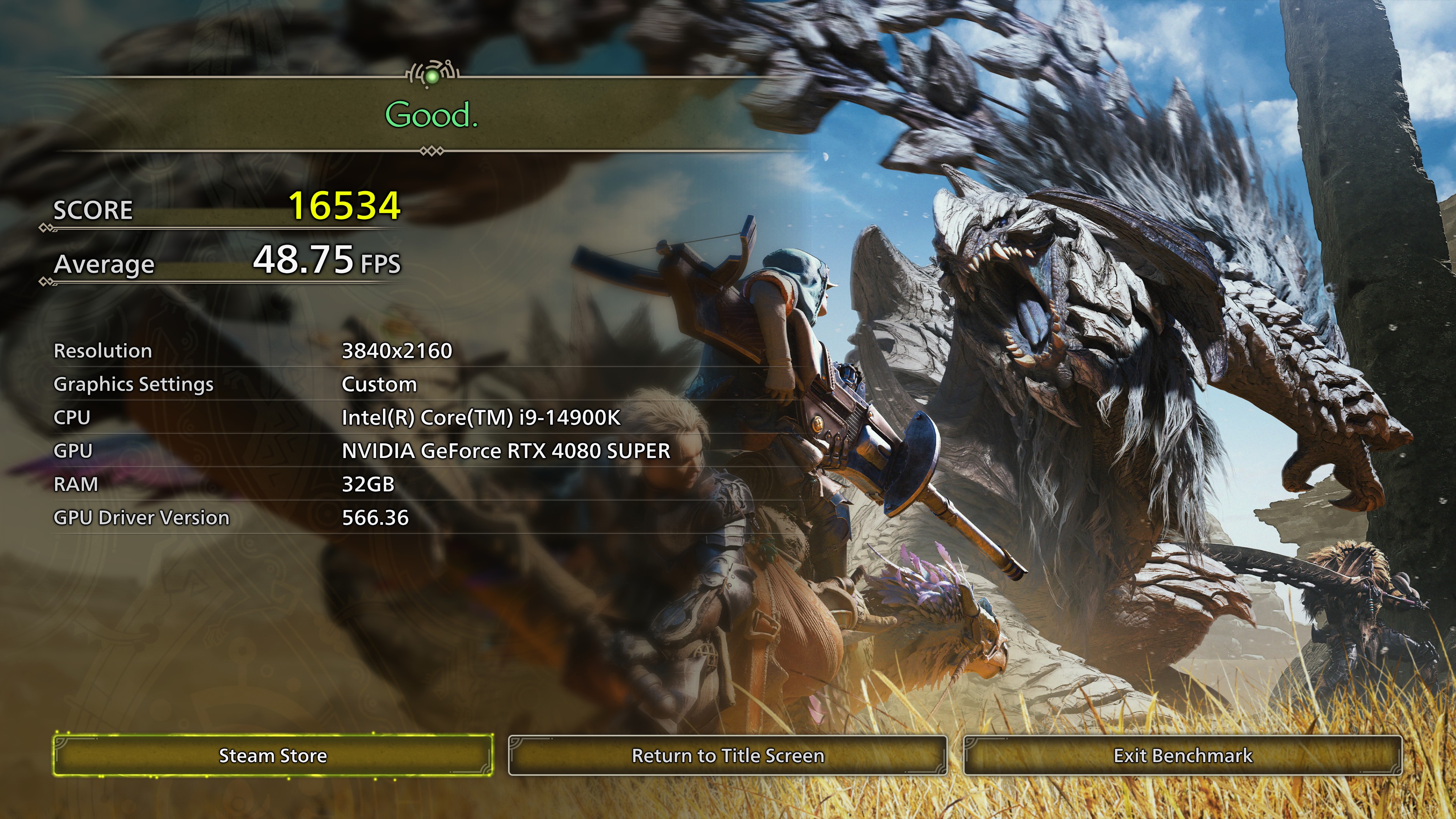
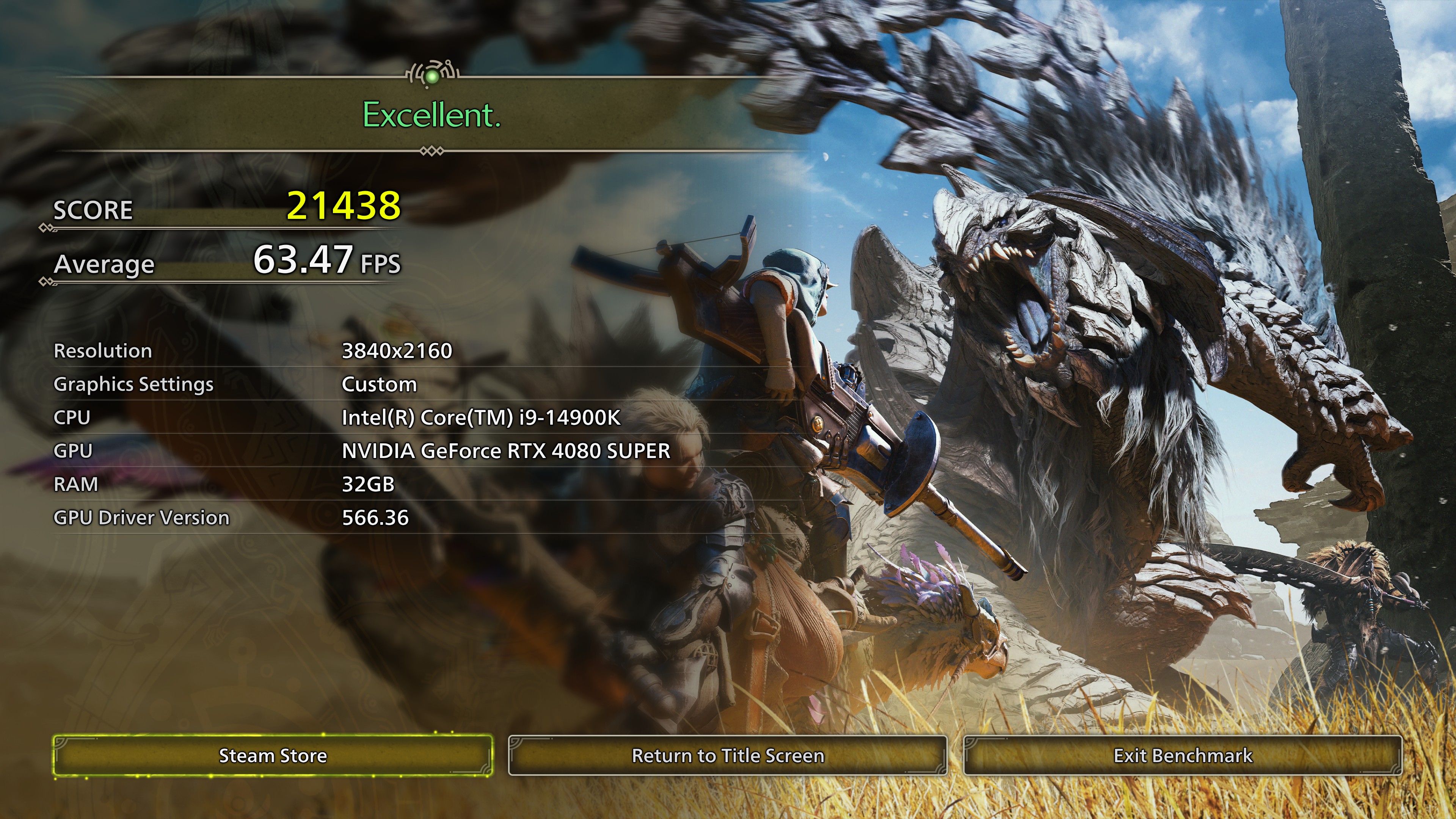
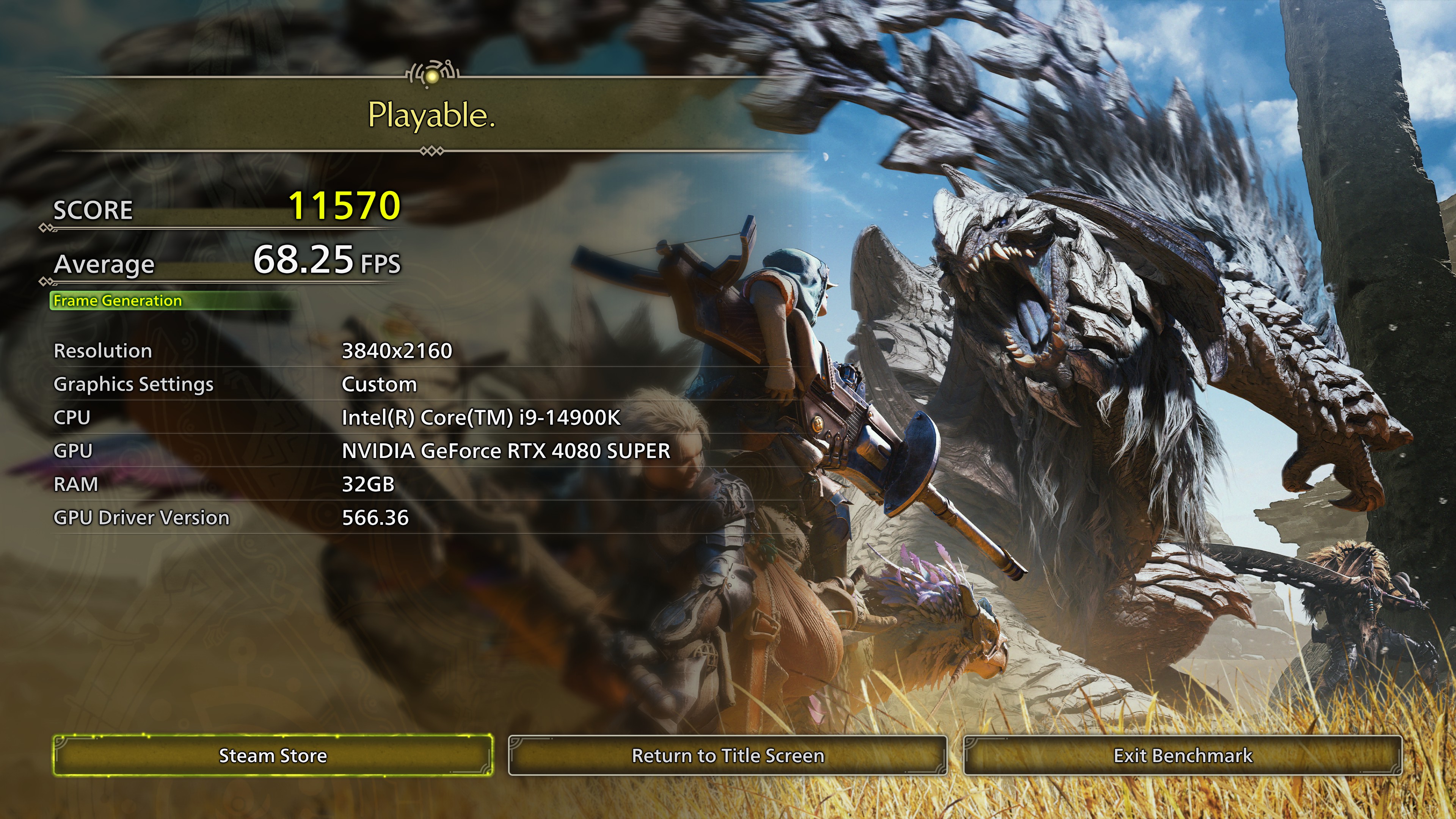
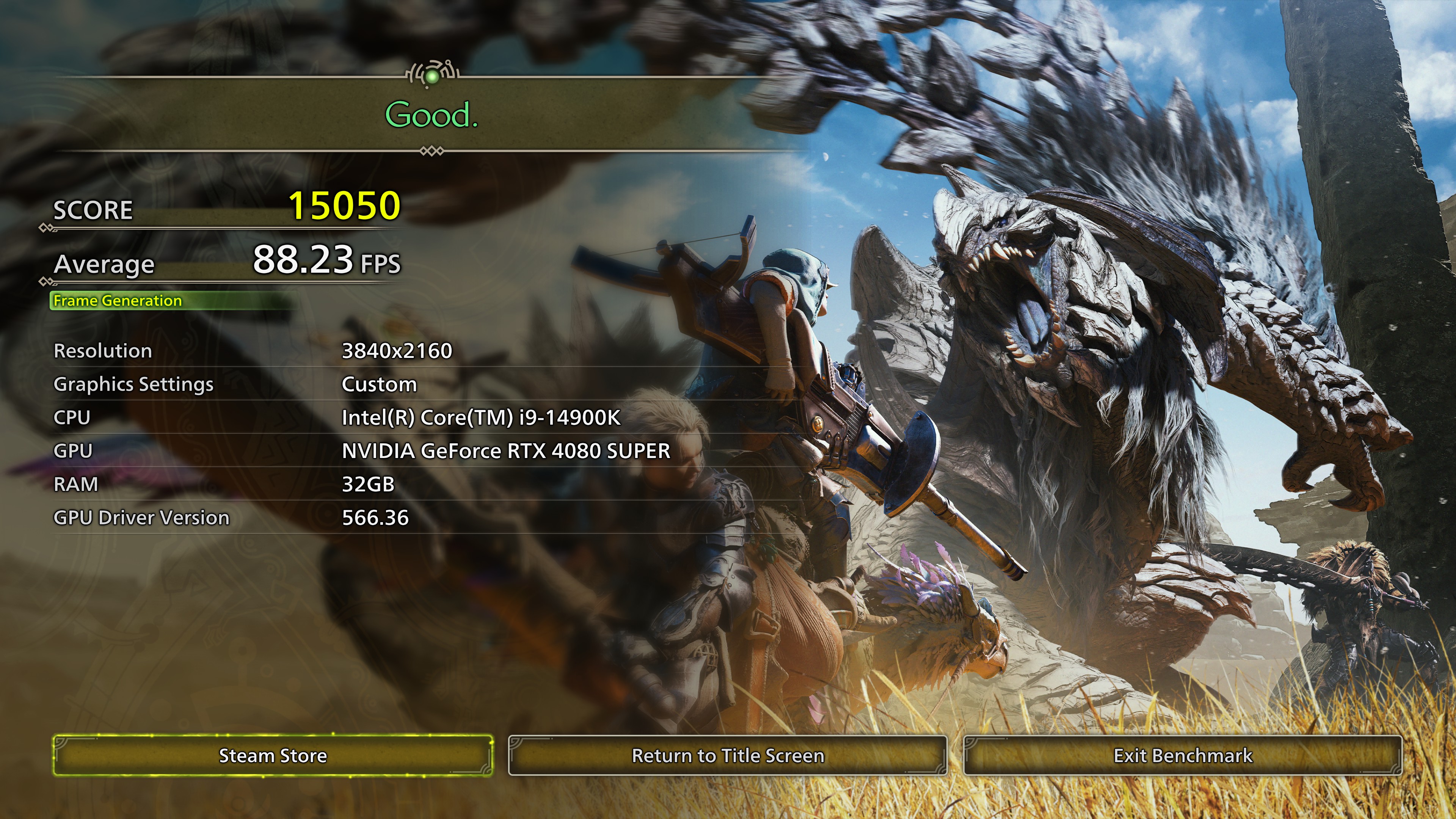
I have high expectations for frame rates and fidelity. My gaming PC is powered by an Intel Core i9 14900K and an RTX 4080 Super, which means it’s power-hungry, hot, and loud. I don’t mind it that way, providing it delivers me fluidity in frames even at 4K. That it does, most of the time.
Monster Hunter Wilds is shaping up to be a pig to play. I began my benchmarking quest by trying to find an actual benchmark—the basic frame rate I could expect from 4K, max settings, ray tracing set to high, and with no upscaling whatsoever. This earned me the bewildering rating of ‘Good’ performance, so sayeth the MH benchmark’s results screen, with an average frame rate of 48.75. The thing is, that’s somewhat skewed by the more performance friendly scenes in the lengthy benchmark run, which includes both rendered in-game cutscenes and actual gameplay. The cut-scenes run faster, on the whole, than the actual in-game areas, which appears to somewhat boost the final frame rate. As such, I suspect my actual in-game experience will be lower on average than 48 fps.
Time to tweak. I’m not so up my own rear-end to not expect to have to enable DLSS for greater frames per second while at 4K. That’s what I start with, DLSS in Quality mode. This hands me a bump to 63.47 fps on average, and a pat on the back with an ‘Excellent’ rating. Yay.
The most demanding patch of the benchmark is oddly the area with very little going on: the actual desert. There can be little more on-screen than a big pile of sand and yet I’ll experience frequent dips below a steady 60 fps. To combat this, I’ll have to bring out the feature on everyone’s lips right now.
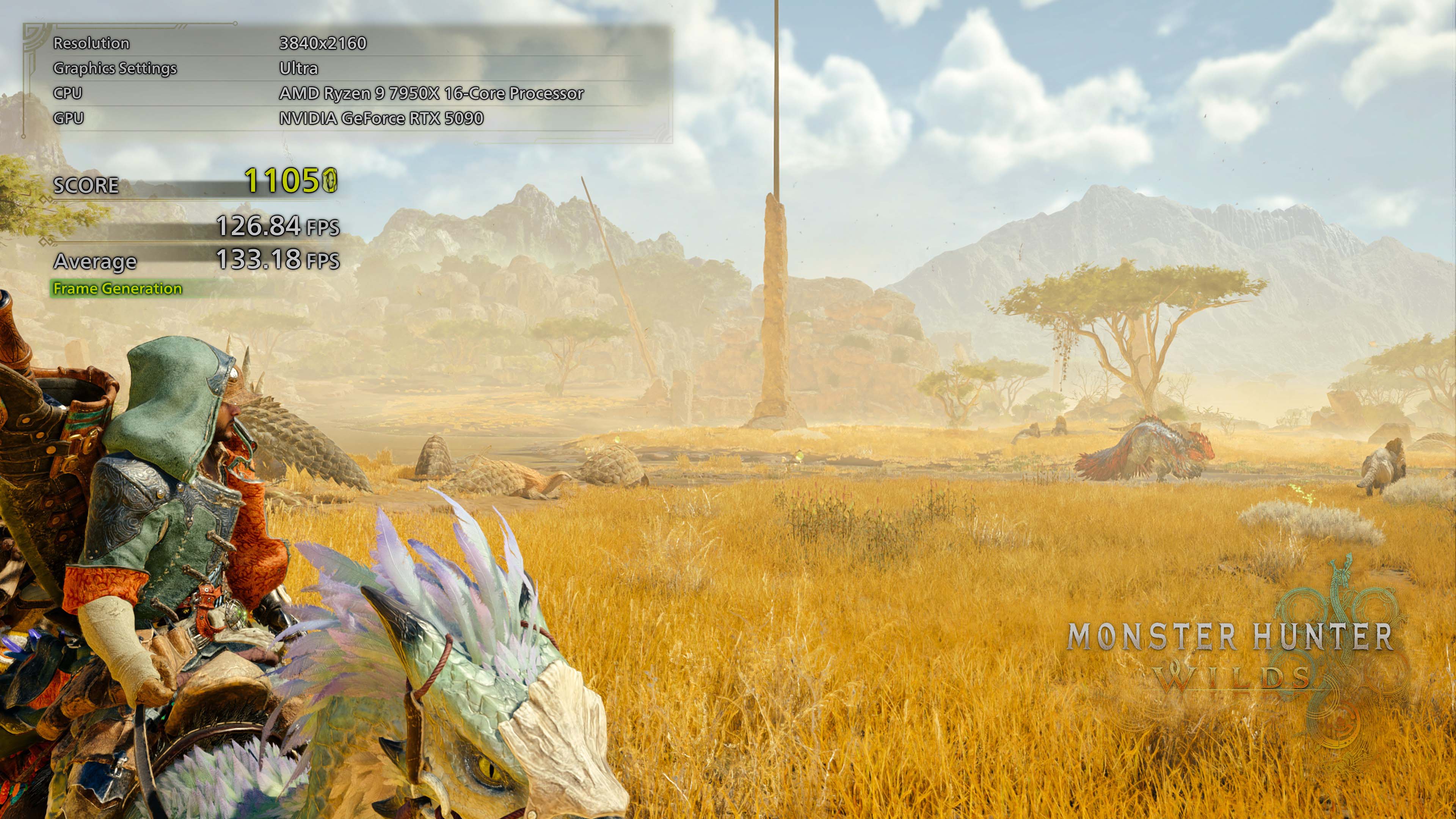
Frame generation deployed. By using an RTX 40-series graphics card with support for Nvidia’s Frame Generation feature, I’m offered a couple ‘fake’ frames for my real ones to help push my frame rate into the steady 60s. Though a mere bump of 4.78 frames on average makes it one of the single lowest percentage gains I’ve seen for enabling this usually impressive setting. For my trouble, and higher frame rate, I also only received a ‘Playable’ rating. A downgrade, for an upgrade? Cheers.
For my final trick, I will improve my frame rate by 29% with only a couple movements of my mouse. I’m disabling ray tracing. Not lowering it, either, just flat-out disabling it. This is because I’ve seen a massive improvement in performance, from 68.25 fps to 88.23 fps, which reduces much of the chance of a sub-60 frame rate at any point. I don’t miss it. The loss of accurate reflections in the one pond shown in the benchmark is easily negated by the fluidity of the game on my 144 Hz monitor. Maybe in the full game I’ll be missing my reflection more, the vain PC gamer I am, but not right now.
Strangely, my PC’s best performance in-game only earns me a rating of ‘Good’. Looks like Frame Generation really messes with the game’s ability to give out nice compliments. It’s fine.
So, there we have it. I landed on a solid combination by doing entirely the expected: enabling DLSS and disabling ray tracing. A tale as old as time—or at the very least, as old as 2018.
I went as low as I’d be willing to go with a game I’d spent a good chunk of money on.
I wish I’d not done these benchmarks, because now I’ve seen things I cannot unsee: namely, that my build is simply not up to snuff in 2025. At least, not for a game like Monster Hunter Wilds.
I went in expecting a decent experience, because my RTX 3060 Ti has served me well until now. But I don’t tend to play all the latest AAA games, so I didn’t really have the best sample to make that assumption. As it turns out, my Core i5 12600KF and RTX 3060 Ti build just isn’t capable of playing MHW at a frame rate that I consider acceptable, even if I lower the settings considerably below where I’d like them.
My usual strategy when booting up any new game is to set things on the High preset at 1440p, slap on DLSS at Quality, and hit go. Then, if I struggle to hit the frame rate I want, I start to lower some GPU- and VRAM-intensive settings until I’m hitting above 60 fps. Unfortunately, I wasn’t able to achieve that with MHW.
At preset High settings (HDR off, Reflex on, Ray Tracing off) with DLSS enabled at Quality, I achieved a score of 17,343 and an average of 50.86 fps. But in the open world portion of the benchmark, those frame rates dropped to a gut-wrenching 30 fps. No thanks.
I spent a good while dropping settings here and there to little effect. Eventually, I went as low as I’d be willing to go with a game I’d spent a good chunk of money on. That’s the same as above but with sky/cloud quality on medium, shadow quality on low, distant shadow quality on low, ambient light quality on low, ambient occlusion off, screen space reflection off, and volumetric fog on low. Oh, and—what I thought would be my saving grace—with DLSS on Performance rather than Quality setting.
Nope. The result, as you can see in the video, was a score of 18,900 and an average frame rate of 55.31. And yes, in the open world portion, I got about 40 fps instead of the 30 fps I got at the High Preset, but I still wouldn’t spend my money on a game for those frame rates. So I’ll be giving Monster Hunter Wilds a miss, unfortunately, and reconsidering whether I think the RTX 3060 Ti cuts it anymore.
For my benchmark run, I’ve used a resolution of 4K, with the Ultra graphics preset enabled, which sets DLSS to Quality. Frame generation and ray tracing are both disabled, as the former causes various glitches in the benchmark and the latter just tanks the 1% lows. I’d normally use DLSS Balanced or even Performance, depending on the game but I get a reasonably constant frame rate with Quality.
The full Monster Hunter Wilds game has the same wealth of graphics settings as the benchmark, so there are a lot of things that can be tweaked to get a smoother or higher frame rate, but you’re almost certainly going to have to use upscaling in all cases.
I’ve recently upgraded to a modestly beefy rig, complete with an AMD Ryzen 7 78000X3D / RTX 4070 Super combo and Monster Hunter Wilds is one of the games I was looking forward to testing on it. Running everything on High at 1440p, without ray tracing or frame generation, I managed to get an average fps of just over 90 in the benchmarking tool.
This frame rate intuitively feels fine to me (though the benchmarking tool deems it ‘excellent’). However, the average was brought down by consistent 70s and 80s in the gameplay portion of the benchmarking tool. As the storm fades and the world peels back, it even got down to the 60s. This drop is substantial, though I never saw stuttering that I think would majorly affect how it feels to play. I’ll have to get my hands on the full game to determine if that’s true.
I felt relatively content in my lot here. That’s when I got struck with the thought ‘What’s the point in getting a new PC if I can’t crank up the performance?’ Too right, erm, me. Off to Ultra settings I went, and though the average fps landed almost 20 below High, the disparity between frame rates was much tighter. Testing felt more consistent, even though it dropped down to the 50s in the open desert area. The benchmarking tool rated my Ultra performance as ‘excellent’. Thanks, Capcom for the validation on my rig.
Alright, I’m a modern PC gamer and there’s one thing I haven’t talked about yet: ray tracing. I couldn’t test out a game without trying to get puddles of water and gleams off armour looking their prettiest so I tried a few runs with ray tracing enabled. Ultra settings with High ray tracing felt a bit ambitious but my rig managed to get an average of 69 fps, with High settings and Medium ray tracing getting around 10 fps more. It’s nice to know I could feasibly run Monster Hunter Wilds on Ultra with High ray tracing but I think High settings is my sweet spot right now. Just please don’t dip to 60 fps in the actual game.
There isn’t a potato mode potato-y enough to get Monster Hunter Wilds running on my PC.
There isn’t a potato mode potato-y enough to get Monster Hunter Wilds running on my wee office gaming PC. I’ll grant you, it’s not a monster in itself. It’s a lovely little thing, a pint-sized beauty, but I have shackled it to one of Intel’s last-gen GPUs and that, I expect, is the reason behind its struggling frame rates.
It’s also one of the reasons I wanted to test on this PC. Having jammed the RTX 5090 into my home rig to see if it’ll catch fire, I also know that it will run MHW quite happily until it does. For the record, I’m getting 128 fps average on the RTX 5090 everything maxed out at 4K, but with DLSS Quality and Frame Generation enabled.
But the performance of Intel’s GPUs, especially the first gen Alchemist ones, has been up and down to say the least. I’m running the latest driver for my Arc A770, released this month for Pirate Yakuza, but still I won’t be hunting any monsters with this machine until Intel releases some super-special MHW-optimised driver.
I went in modestly with my expectations—running as I am a 3440 x 1440 ultrawide monitor. So I set it at Medium settings, with FSR 3 and its frame generation enabled from the get-go.
Nick warned me against it, and he was right. There are a ton of weird artifacts that pop up as a result of frame gen, and I think I’d find it jarring in the game despite the fact it gave me an initial 41 fps average. Also, as a benchmark, it gives me no indication what the input latency will be like. And from looking at the native input frame rate, I expect it will be very high.
So, I chopped at the settings, and chopped again. Until, exasperated, I gave up my judicious pruning of performance settings—having only made modest fps gains—and dropped to the Low preset. Still, the benchmark informed me “Settings changes recommended” with my average frame rates still south of 28 fps.
With not a little trepidation I turned all the dials to 1. Switching to the Lowest preset, and dropping the XeSS level to Ultra Performance, has finally delivered me a score and average frame rate the Monster Hunter Wilds benchmark deems “Playable”.
I, however, do not agree.
It looks horrific. Maybe I’m not the target audience anyways, and in my past I have suffered dreadful image quality just to play a game I was desperate to try (running Oblivion on a fraction of my CRT screen just to get a playable frame rate), but I would not be willing to run Monster Hunter Wild at these settings.
The fact it’s a shade under 32 fps on average certainly isn’t enough to justify the woeful state of the visuals. The models lack texture, and often geometry, and when a couple of monsters are going at it they end up being smushed together in an orgy of colourful but utterly indistinct pixels.
And don’t get me started on the lack of water effects. There is a certain Minecraftiness to the frog-thing-in-a-pond part of the benchmark.
Basically: Urgh, do not play if you’re rocking an Intel card.







